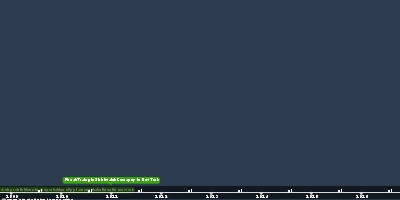7 févr. 1920 - Summary
Description:
After 1865, American cities grew at an unprecedented rate, and urban populations swelled with workers from rural areas and abroad. To move their burgeoning populations around, cities pioneered innovative forms of mass transit. Skyscrapers came to mark urban skylines, and new electric lighting systems encouraged nightlife. Neighborhoods divided along class and ethnic lines, with the working class inhabiting crowded, shoddily built tenements. Immigrants developed new ethnic cultures in their neighborhoods, while racism followed African American migrants from the country to the city. At the same time, new forms of popular urban culture bridged class and ethnic lines, some of which challenged traditional sexual norms and gender roles. Popular journalism rose to prominence and helped build rising sympathy for reform.Industrial cities confronted a variety of new political challenges. Despite notable achievements, established machine governments could not address all urban problems locally through traditional means. Forward-looking politicians took the initiative and implemented a range of political, labor, and social reforms. Urban reformers also launched campaigns to address public health, morals, and welfare. They did so through a variety of innovative institutions, most notably social settlements, which brought affluent Americans into working-class neighborhoods to learn, cooperate, and advocate on behalf of their neighbors. Such projects began to increase Americans’ acceptance of urban diversity and their confidence in government’s ability to solve the problems of industrialization.
Ajouté au bande de temps:
Date:
7 févr. 1920
Maintenaint
~ Il y a 105 ans
